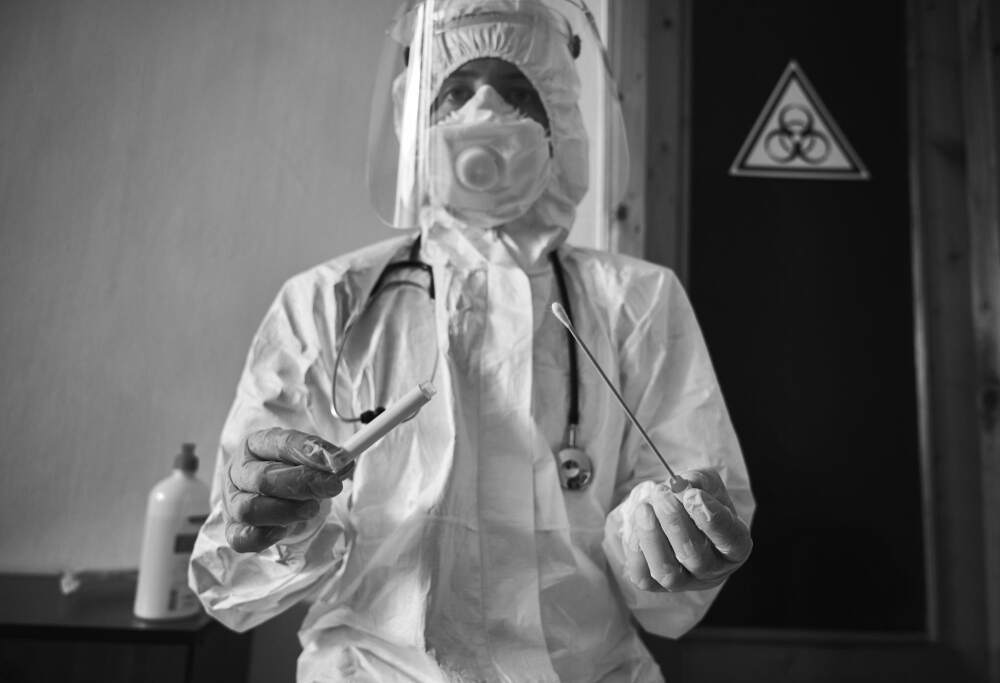Introduction
Safety suits, also known as protective suits or hazard suits, are critical components of personal protective equipment (PPE) across various industries. They provide essential protection against various workplace hazards including chemical, biological, radiological, and physical dangers. As workplaces become more complex and the understanding of occupational health increases, the importance of safety suits in ensuring worker protection, regulatory compliance, and operational continuity has never been more pronounced. This article explores the critical importance of safety suits play in modern industries, highlighting their significance in promoting a safe working environment.
1. Comprehensive Protection
Safety suits offer comprehensive protection from head to toe, covering the body completely to prevent exposure to harmful substances. This section breaks down the types of hazards against which safety suits protect:
- Chemical Hazards: Chemical-resistant suits protect against corrosive substances, solvents, and other dangerous chemicals that can cause burns, poisoning, or long-term health issues.
- Biological Hazards: In medical and laboratory settings, biohazard suits prevent the spread of infectious agents, protecting healthcare workers and scientists from exposure to viruses, bacteria, and biological toxins.
- Radiological Hazards: For those working in nuclear facilities or handling radioactive materials, safety suits designed with lead or other radiation-blocking materials are essential to prevent radiation exposure.
- Physical Hazards: Safety suits also protect against extreme temperatures, flames, and mechanical impacts, crucial for workers in industries like firefighting, construction, and manufacturing.
2. Regulatory Compliance and Liability Reduction
In many sectors, wearing safety suits is not just a safety measure but a regulatory requirement. Compliance with standards such as those set by OSHA (Occupational Safety and Health Administration), NIOSH (National Institute for Occupational Safety and Health), and other international standards like ISO and EN is crucial:
- Meeting Legal Standards: Safety suits help organizations comply with health and safety regulations, avoiding legal repercussions and penalties for non-compliance.
- Reducing Liability: By providing appropriate safety gear, employers reduce their liability in the event of workplace accidents. Proper use of safety suits can significantly decrease the incidence of injuries and illnesses, reducing workers’ compensation claims and insurance costs.
3. Enhancing Worker Confidence and Productivity
When workers feel safe and protected, their confidence and productivity increase. Safety suits play a significant role in this psychological aspect of workplace safety:
- Increased Confidence: Workers with proper PPE, including safety suits, are more confident in performing tasks safely, even in hazardous environments.
- Improved Productivity: Confidence and safety lead to higher productivity as workers can perform their duties without fear of injury or illness, resulting in fewer interruptions and higher operational efficiency.
4. Industry-Specific Applications
Different industries require specific types of safety suits tailored to their unique hazards. This section discusses the application of safety suits in various key sectors:
- Chemical Manufacturing: Workers are often exposed to dangerous chemicals that can cause severe burns and respiratory issues. Chemical-resistant suits are essential for their protection.
- Healthcare and Pharmaceuticals: Biohazard suits are crucial to prevent disease transmission during pandemics or in environments where infectious diseases are handled.
- Aerospace and Defense: Safety suits protect military and aerospace personnel from chemical, biological, radiological, and environmental hazards in extreme conditions.
- Construction and Mining: In these industries, safety suits protect from dust, asbestos, and other particulate matter, as well as from mechanical injuries.
5. Advances in Safety Suit Technology
Developing new materials and technologies has significantly enhanced the effectiveness of safety suits. Innovations include:
- Breathability and Comfort: New materials that allow better air circulation without compromising protection make safety suits more comfortable to wear for long periods.
- Enhanced Durability and Flexibility: Modern safety suits are designed to be more durable and flexible, which is crucial for tasks that require a high degree of movement.
- Improved Design Features: Features such as visors, integrated gloves, and boots, as well as ergonomic fits, enhance both protection and usability.
6. Training and Maintenance
Proper training in using and maintaining safety suits is essential for ensuring they perform effectively. This includes:
- Correct Usage: Training to properly don, doff, and adjust safety suits is crucial to ensure maximum protection.
- Regular Maintenance: Regular checks for damages, proper cleaning, and storage extend the life of safety suits and maintain their protective properties.
- Disposal Protocols: Proper disposal procedures are critical for disposable suits used in hazardous environments to prevent environmental contamination or secondary exposure.
7. Economic Impact
Investing in high-quality safety suits can have significant economic implications for businesses:
- Cost Savings: Effective protection reduces workplace injuries and illnesses, lowering healthcare costs, fewer days lost due to sickness, and reduced workers’ compensation claims.
- Insurance Premium Reductions: Companies with strong safety records, including the use of appropriate PPE, can negotiate lower insurance premiums.
8. Challenges and Future Prospects
Despite their benefits, there are challenges associated with using safety suits, such as heat stress and limited mobility in heavy suits. Future developments aim to address these issues through innovative designs and materials that increase comfort without compromising safety.
Conclusion
Safety suits are indispensable in modern workplaces, offering essential protection against a wide range of hazards and playing a crucial role in compliance with health and safety regulations. As technology advances, so do the capabilities of safety suits, making them more effective and comfortable. For businesses, investing in quality safety suits is a regulatory and ethical imperative and a wise economic decision. By understanding the importance of safety suits, industries can better protect their workers, ensuring both safety and productivity in the workplace.
This article is posted on Infinite Insight Hub.



